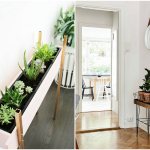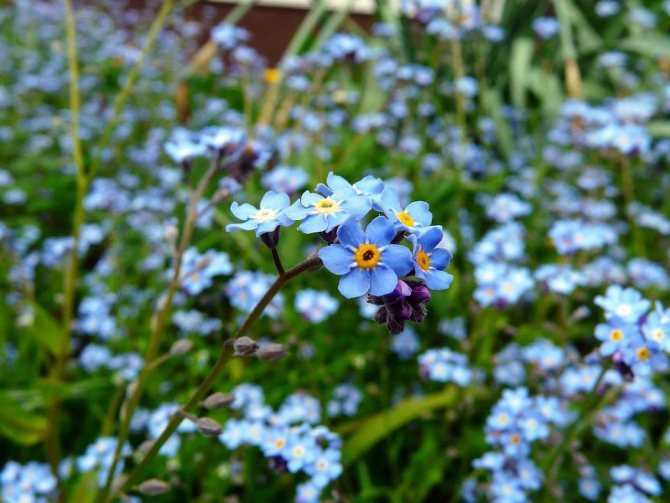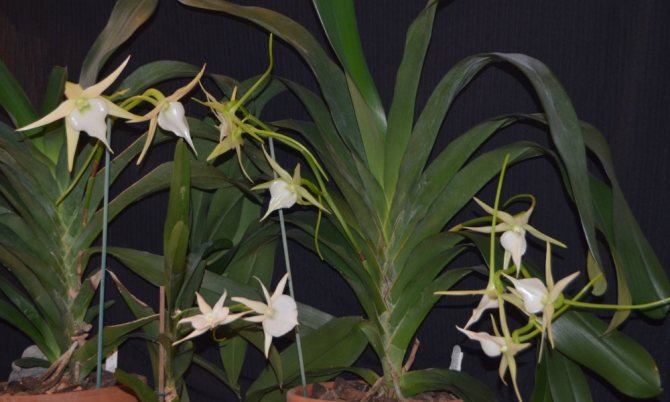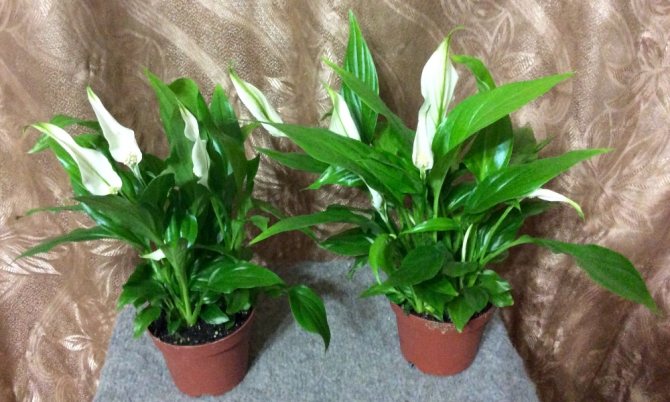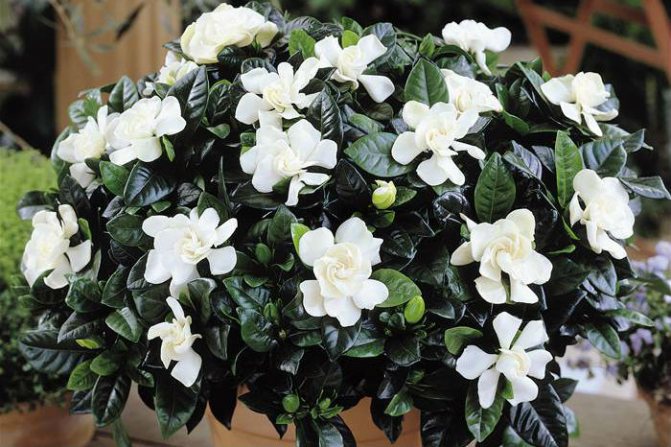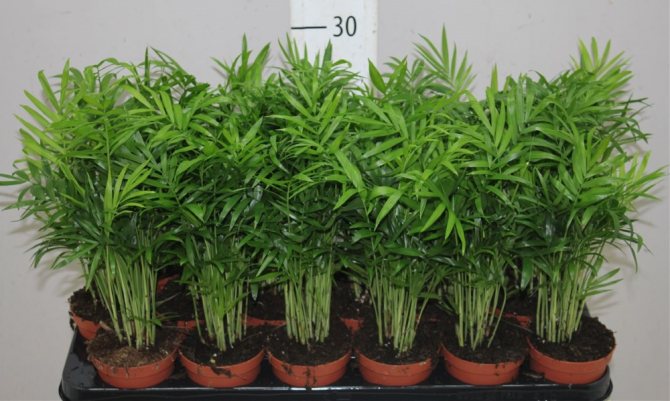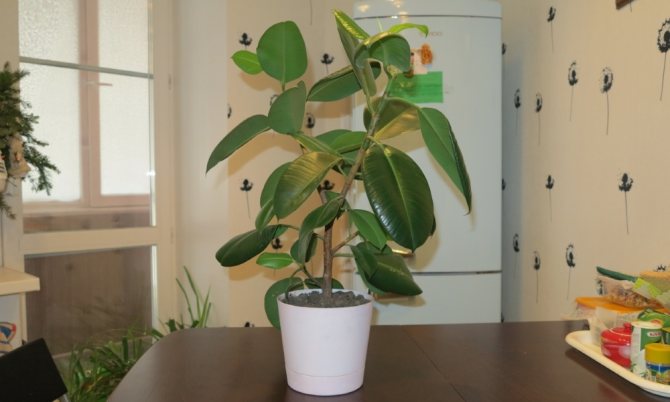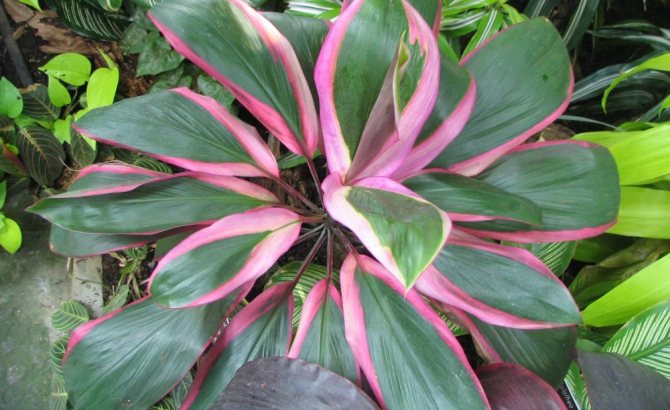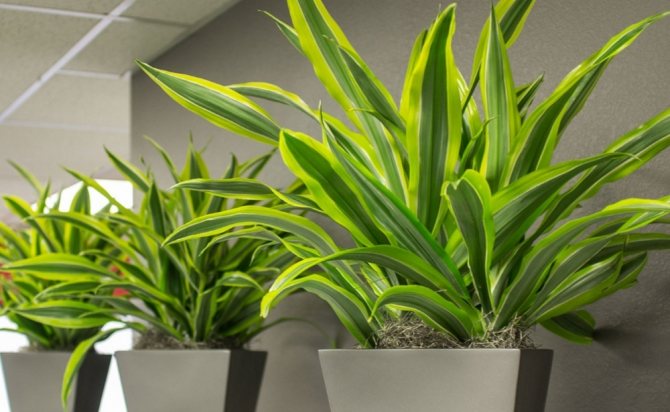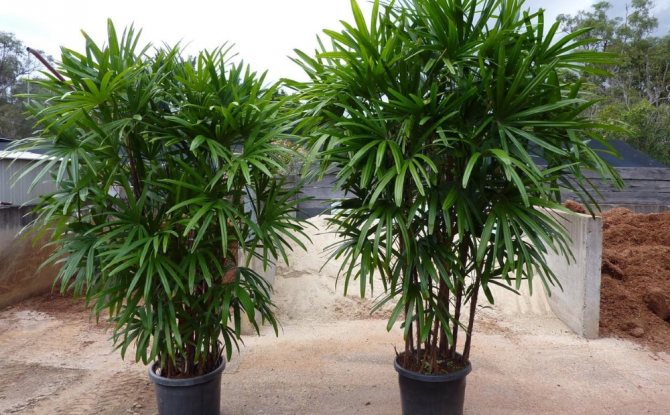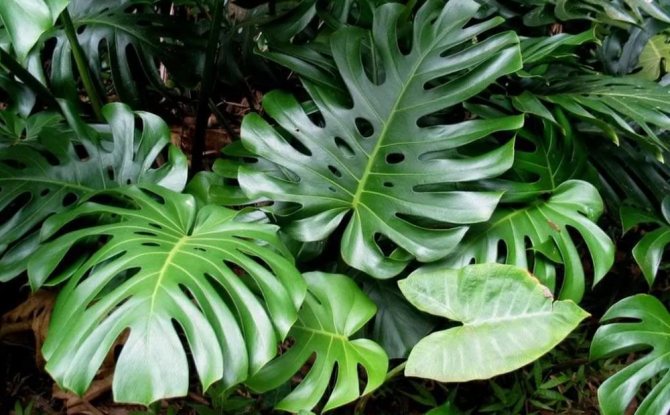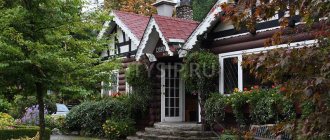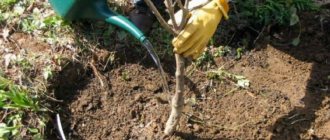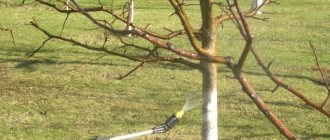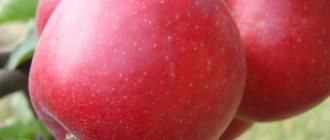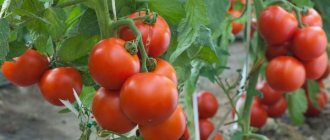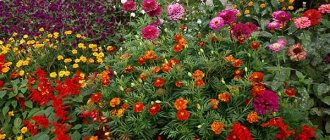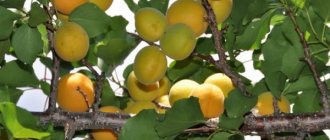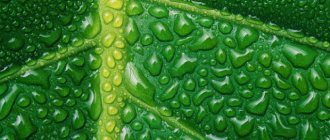Home decorations are completely different. The life and life of a modern person is so monotonous that one has to resort to various methods to add peppercorns and spice, and the corridor is no exception. Indoor plants are a kind of decor for each apartment, which is simply stupid to neglect!
The list of all useful qualities and properties can be endless. It will be enough that there is fresh air in the apartment. But where is it better to put the plants in this case, and what are they? Here, in fact, it is all the same. It is necessary to take into account such parameters as the specificity of illumination and air humidity. Only after that you get a clear and detailed answer.
Shade-loving plants in the hallway.
Shade-tolerant decorative deciduous plants
Representatives of this group with beautiful multi-colored leaves of various shapes:
- fittonia Is a perennial groundcover with olive green leaves with dark pink veins. In nature, it covers the ground under large trees, so it can be placed in partial shade next to ferns or papheromias. The root system is poorly developed, good drainage is needed to avoid stagnant water in the pot;

- arrowroot - I attract spectacular leaves with a beautiful pattern. If the flower grows without support, over time, the stem begins to creep. The plant feels fine at a distance of 2 meters from the window. Likes high humidity and watering every 4-5 days;
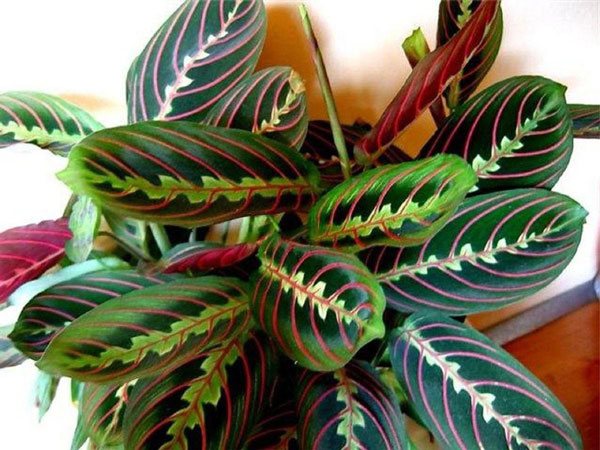

- codiaum - shrub with fleshy, multi-colored, very decorative leaves. Their yellow, green, red or orange patterns are never repeated. A place about a meter from the western window is ideal for the flower. Codiaum is protected from temperatures below 12 ° C and drafts. In the spring, new shoots are pinched so that the bush is more luxuriant;


- cordilina - a plant with a short stem and long leaves with green, red, purple or cream spots. In poorly lit places, flowers with a green color can stand, variegated varieties need more light. With age, the lower leaves fall off.
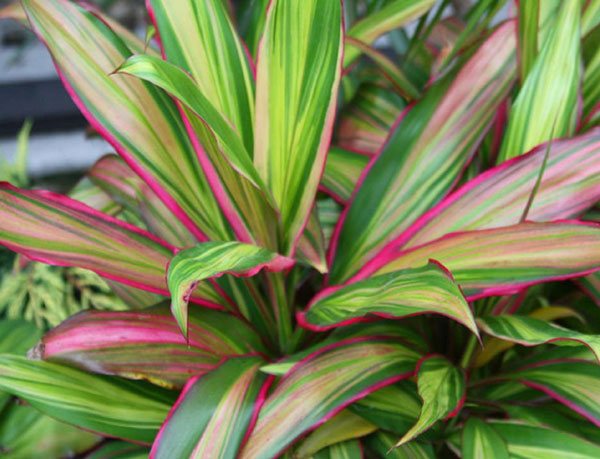

Types with green leaves are also popular:
- aglaonema - a bushy flower with a short stem, places far from the window are quite suitable. The flower will appreciate frequent spraying. It does not tolerate cold drafts and tobacco smoke, from this long leaves turn yellow. Watering is moderate, on average once a week. If the temperature in the room is above 20 ° C, then every 3-4 days;
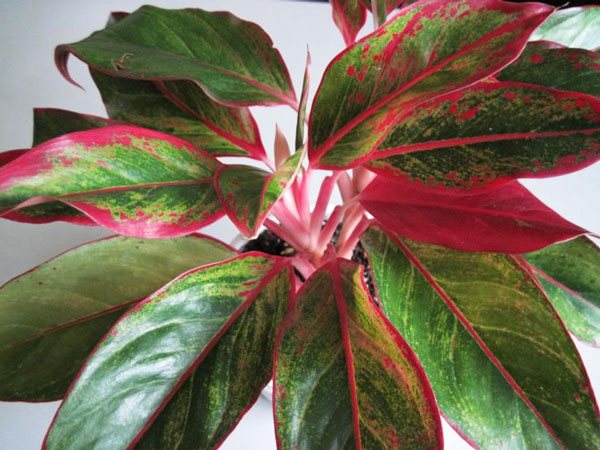

- maidenhair - fern with delicate matte leaves on fragile petioles. The ideal place for him would be a window facing north. The flower does not like to be rearranged. In summer they water it 2 times a week, in cold weather once every 7 days;


- sansevieria - perennial succulent. Green varieties live in partial shade, variegated species need bright light. Watering infrequently, on average once every two weeks, less often in winter. You can create a successful composition if you place sansevieria with other succulents, for example, hymnocalycium.


No clear boundaries can be drawn
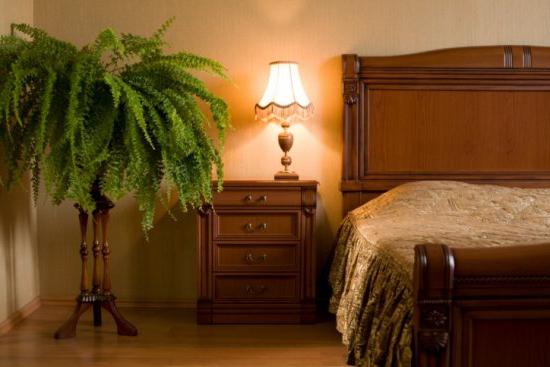

There are plants that are very difficult to distinguish between shade-tolerant and shade-loving. Yes, this is probably not so important. The main thing is that they grow well and are pleasing to the eye. Like aglaonema. It is absolutely undemanding to light, especially with solid green leaves. In addition, it also cleans the air.It grows slowly, does not require frequent transplantation. True, he loves moisture, so it is advisable to spray it with water more often.
One of the first places in shade tolerance, perhaps, can be put aspidistra with its large, shiny and smooth leaves. This plant does not tolerate heat very well, so it must be sprayed more often, watered and wiped the leaves with a damp cloth.
Plants of the Marantovaya family with absolute accuracy fall under the category of "shade-tolerant indoor plants". Examples: calathea, ktenanta, stromant, arrowroot and others. These, as a rule, are short indoor flowers with bright green oval leaves. They do not like drafts, temperature changes, they need to be watered abundantly in summer and moderately in winter.
Large species and palms
Unpretentious indoor plants of this type:
- dracaena - indoor tree. To keep it straight, the pot should be turned a quarter turn from time to time. You can put it no further than two meters from the window. She likes the neighborhood of other plants, she gets the necessary moisture from them;
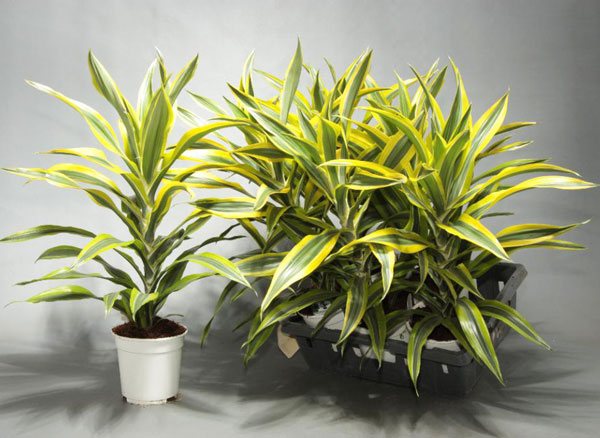

- fatshedera - a hybrid of common ivy and Japanese fatsia. It can even be placed near the north window. In the warm season, the flower will like the fresh air, in the shade. The reason for the leaves falling off may be an excess of moisture; support from moss will help successful development;
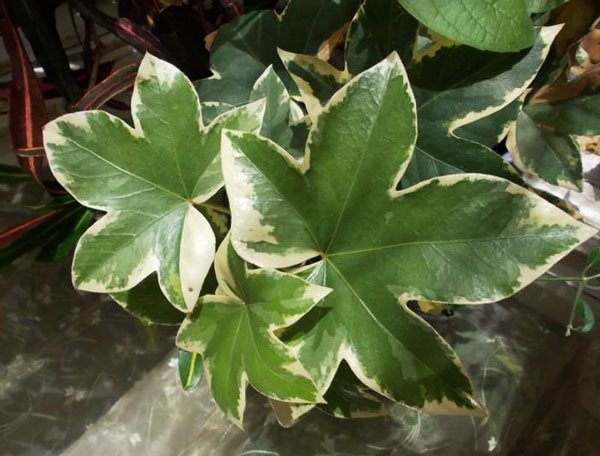

- hamedorea - thin-stemmed bushy palm tree, growing from 40 cm to 1 meter. In the house you can put it at the north or east window. To achieve a decorative effect, it is better to plant several specimens in one pot;


- monstera - unpretentious tropical liana. Huge leaves up to a meter in diameter, the flower itself can reach 2-3 m in height and 1.5 m in width. For good growth, you need support, bright diffused light or partial shade. In summer we water on average once a week, in winter less often. Loves spraying;
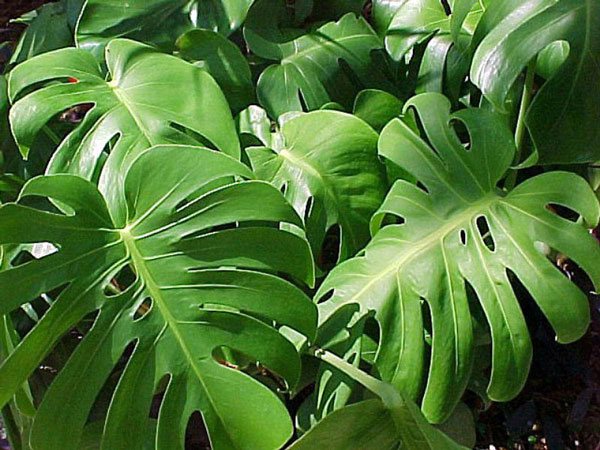

- rubber ficus - a large plant with dense and shiny leaves. Feels good at a distance of 2-3 meters from the light source. More often suffers from excess moisture than from a lack of it. It is watered once in winter and twice a week in summer. In order for the ficus to branch better, the tops of young plants are cut off.


Large flowers for dark rooms such as a hallway or living room, which need a lot of space for growth and development:
- shefflera - a branched shrub with flexible branches. The plant tolerates shade well, but feels better if the sun hits the fleshy patterned leaves with its rays for several hours a day. The tips of the branches of a young flower can be pinched for better branching. Under favorable conditions, the sheffler turns into a mighty home tree;
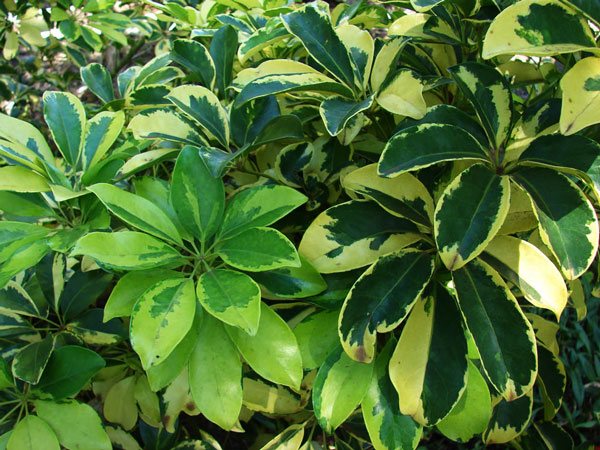

- philodendron - a large tree-like plant, many green flower species tolerate shade well. Water once a week, in winter in a cool place - once every 10-12 days. Daily spraying with warm water will delight this powerful vine. The house can grow up to 3 meters. You can cut off branches that get in the way;
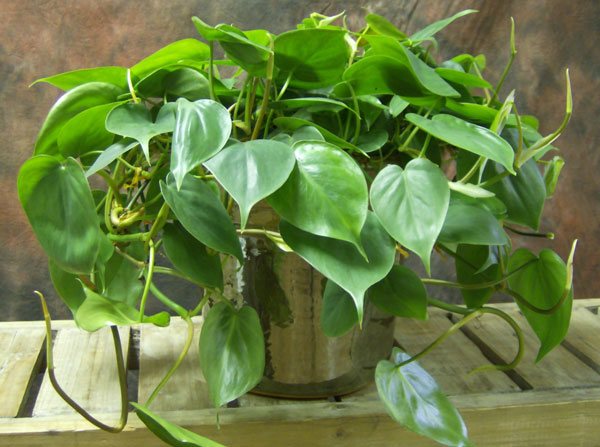

- fatsia - lush shrub, forms a small trunk over time. In a pot it grows up to two meters, can grow in partial shade. Will appreciate wintering in a cool room at a temperature not lower than 10 ° C;
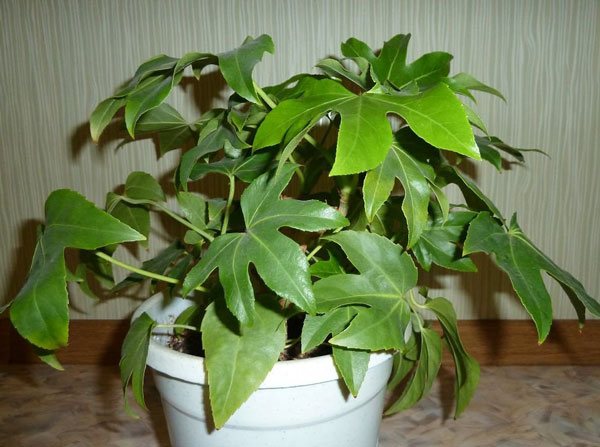

- rapis - a bamboo-like fan palm tree grows up to two meters in a pot. It needs a place protected from direct sunlight; in summer it can be placed in the garden under the shade of trees. Likes to grow in a cramped pot. If the tips of the rapesea leaves are brownish, it is most likely that the flower has little light or a lot of water.
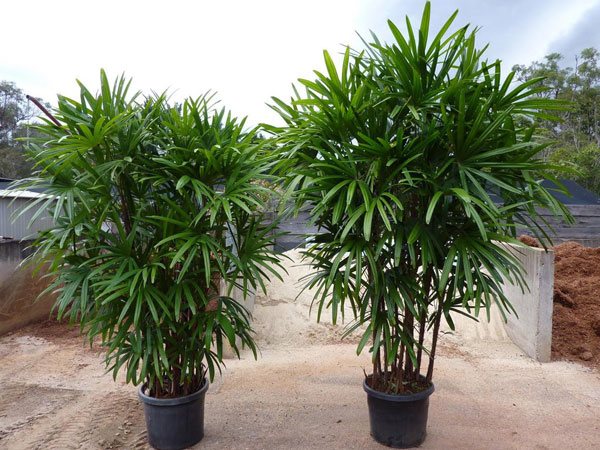

Epipremnum (Epipremnum)
One of the best indoor lianas, Epipremnum, formerly known as scindapsus, exhibits unprecedented draping abilities and is actively used in eco-design, in particular, to create green walls.Epipremnum, reaching a length of 3 meters, is indeed capable of growing at an amazing speed and filling the free space. But the talents of the climbing plant are not limited only to this. And in a pot, subject to the installation of a support, and "in the wild", this indoor culture is capable of producing shoots up to 6 m long. Large, oval leaves with a heart-shaped base and a pointed tip in adult plants can grow up to half a meter. Among the epipremnums there are both vines with a classic rich light green color, and variegated specimens with white or yellowish patterns, similar to paint splashes. Epipremnum pinnatum (Epipremnum pinnatum) and golden epipremnum (Epipremnum aureum) are particularly shade-tolerant.
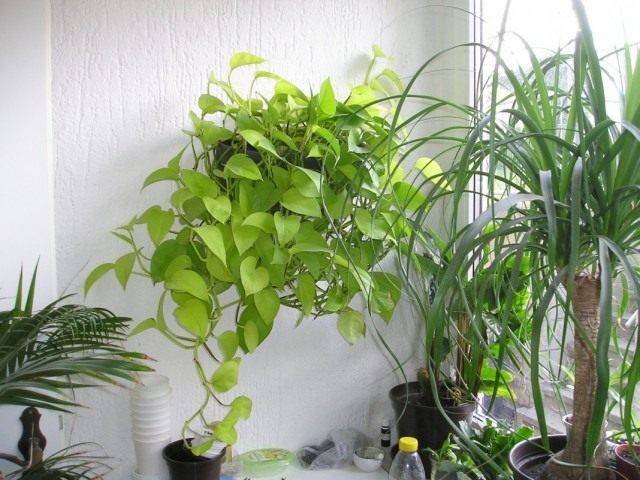

Epipremnum pinnatum ‘Neon’.
Despite its impressive foliage, epipremnum boasts an excellent ability to tolerate almost any growing environment. When kept at room temperatures and protected from extreme cold, the plant can adapt to any light from bright sun to partial shade and shade. And even if in the shade variegated varietal specimens almost completely lose the typical spots on their leaves, this does not make the epipremnum less beautiful and densely leafy. Caring for this plant is quite simple, but it requires regular watering and feeding.
Ampel shade-loving plants
Them can be offered for the kitchenwhere these species look decorative in a hanging pot. If you place a flower on a support, it will climb up it. They can spread along the wall or hang down, comfortably sitting on the kitchen furniture. Consider in detail the names and photos of such indoor pets.
- nephrolepis - a fern growing in a dense compact bush. Loves high humidity, dry air provokes drying of the tips of the leaves. It is necessary to spray the leaves not only from above, but also from the seamy side;
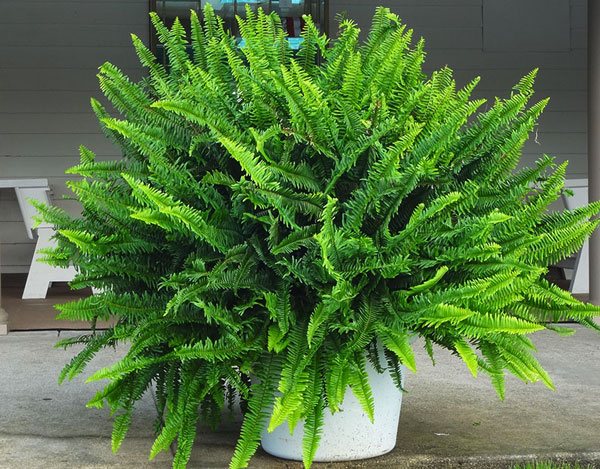

- peperomia - an evergreen beauty with leaves of different shapes and structures. Loves partial shade, cannot stand cold air. Looks spectacular in a company with flowering plants;
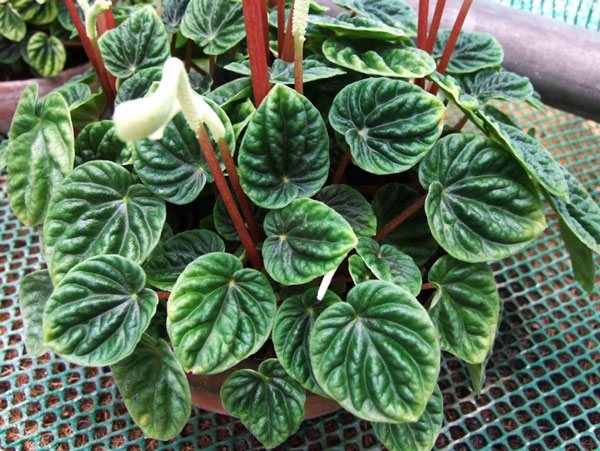

- tradescantia with dark leaves lives well in partial shade. It is one of the most unpretentious flowers with fleshy dangling stems that break easily. They should be pinched so that the plant retains its decorative appearance longer and does not go bald;


- roicissus - a powerful evergreen vine with airy tendrils. For a beautiful lush look, pinch the tops of the stems. A good location is bright diffused light or partial shade;
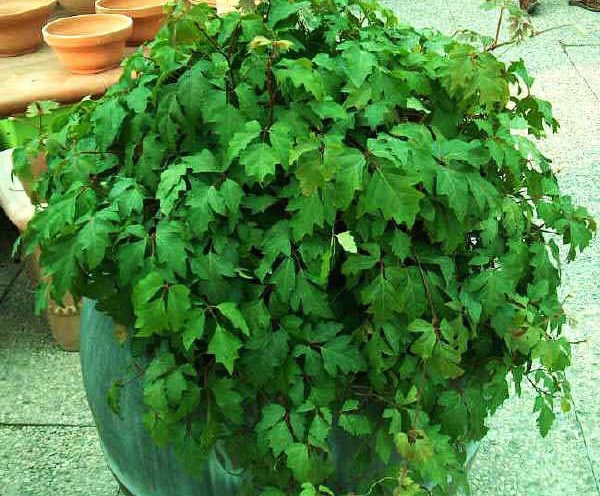

- scindapsus - strong vine with aerial roots. On dense, heart-shaped leaves, spots are bright green or yellowish in color. If the window is well lit, then it can be placed at a distance of up to 2 m from it. Too long stems can be pinched;
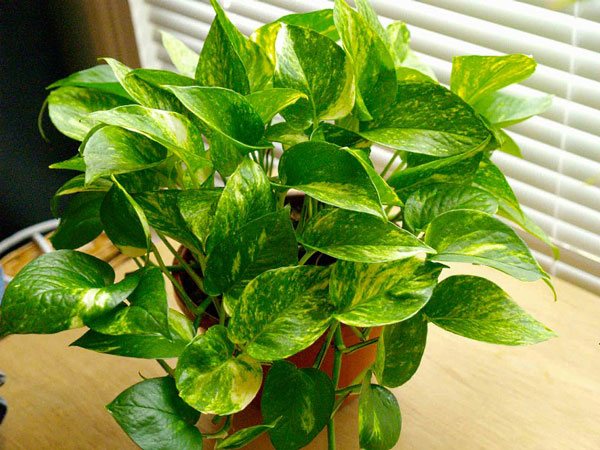

- syngonium - graceful perennial vine. The flower needs support, preferably with moss and daily spraying. Watering on average once a week, if the temperature is about 15 ° C - less often;
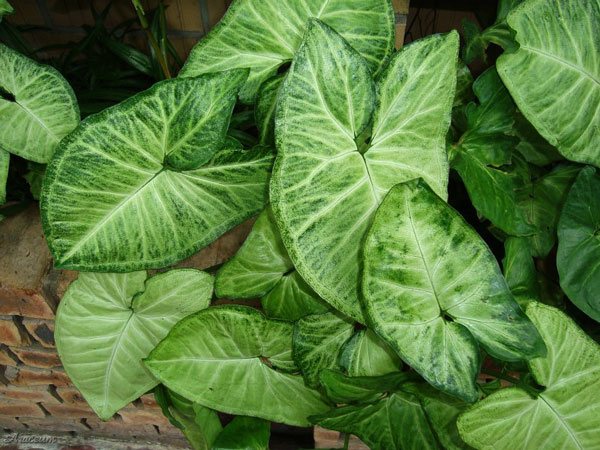

- ivy - unpretentious curly flower with a long flexible stem. Loves coolness, leaves turn yellow and fall from the hot air. Ideal temperatures are 8 to 15 ° C. Various supports can be used to correct the shape of the ivy.
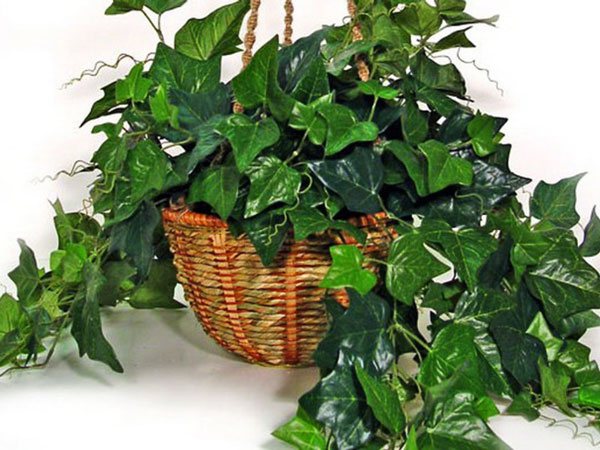

Caution: some shade-loving plants are dangerous to humans. Anthurium, monstera, philodendron, ivy, azalea, clivia, aglaonema, and spathiphyllum can cause serious harm to health due to the presence of toxic substances in the leaves, trunk or fruits. Begonia is dangerous for allergy sufferers.
It is better not to keep such flowers in a house with small children and pets.
Forget-me-not flowers
Perhaps the simplest and at the same time effective solution to decorate your shady garden is to plant forget-me-nots in it (see the main photo of the article). These small shade-tolerant garden flowers require little or no maintenance.It is only necessary to keep the soil moist (preferably with an average level of fertility), and forget-me-nots will delight gardeners with their sky-blue flowers every year during May and June. Forget-me-not flower does not exceed 1 cm in diameter, blue petals and yellow, like the sun, the middle give it beauty, elegance and natural charm. In addition, when a flower bed of forget-me-nots blooms, it creates a real blue carpet at the foot of any tree or shrub.
It is important to know that almost all forget-me-nots are shade-loving flowers for the garden (oak, small-flowered, southern, Khakass and others), except for the alpine variety, which prefers sunny places for growth.
The poetic name of the flowers is associated with one of the German legends, which tells that once a girl and a boy walked along the banks of the Danube River. The girl saw a beautiful blue flower in the waves of the Danube. The guy threw himself into the water and took out this flower, handed it to the girl, but he could not get out. When he was drowning, he said the words: "Do not forget me." It is also curious to note that forget-me-not has long been a symbol of representatives of German Freemasonry.
Blooming species that grow in the shade
A useful discovery is unpretentious indoor plants that do well in rooms with little light and at the same time delight with flowering. Some of these amazing creatures are:
- anthurium - semi-epiphyte, with long and stiff leaves on hard petioles. Flower spikelets can be present all year round. They come in white, pinkish and red shades, sometimes spotted. In summer, it feels great in partial shade. In winter, anthurium needs diffused light to ensure the beginning of flowering;
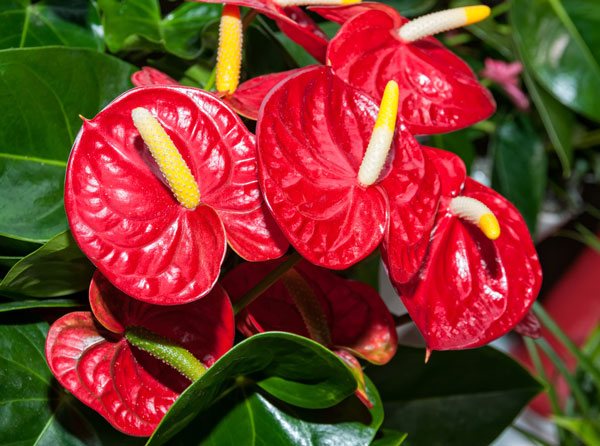

- calathea - a flower with short vertical stems, at the ends of which a rosette of leaves is formed. Bright orange flowers appear in the spring. You will feel great if you put the plant in a light shade on a layer of wet gravel;
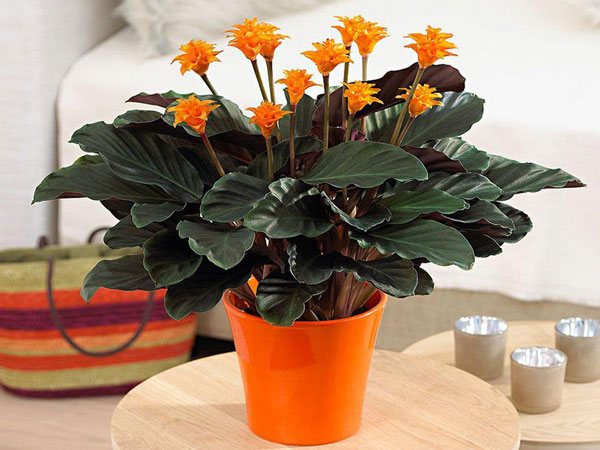

- clivia - stemless flower with massive rhizome. In the spring, powerful umbellate inflorescences appear of a reddish-orange or pale yellow color. Water once a week, in winter - once every two weeks. Good flowering requires overwintering at 10 ° C;
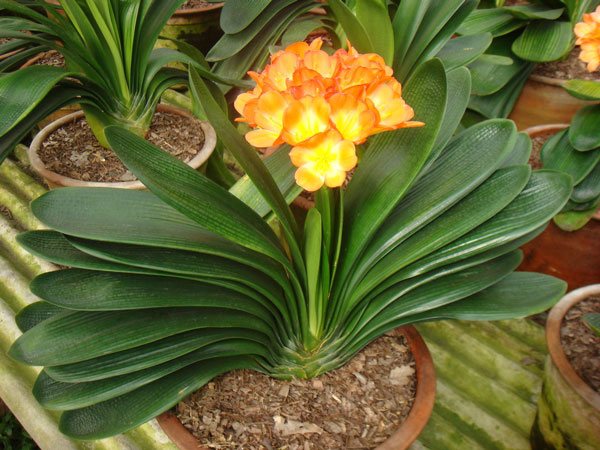

- begonia - decorative flowering beauty. Fleshy leaves are sometimes covered with fluff, can be corrugated or spotted. During flowering, the earthen ball is kept moist, providing diffused sunlight. The main thing is not to pour the begonia;
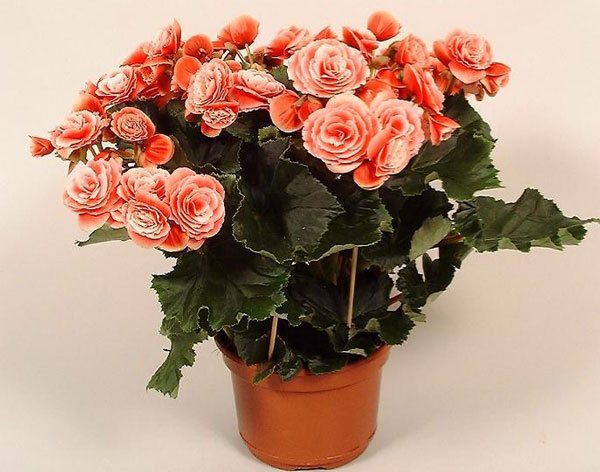

- spathiphyllum popularly called "female happiness." It has bright green shiny leaves on long petioles and white cob-shaped inflorescences. Keep away from drafts and direct sunlight;


- vriezia refers to bromeliads. In nature, it grows in the shade of large trees. The peculiarity of this family is that after flowering, the ground part of the plant disappears. Over time, a new specimen grows from the root, which blooms again. Better to plant the vriezia before a new growth cycle. Spectacular, non-flexible leaves and spikelet inflorescence fit perfectly into any interior;


- Saintpaulia cannot be called a shade-loving plant, but it can be called shade-tolerant - in summer, it feels good 3-4 meters from the window. In winter, when the daylight hours are small, it is better to move it closer to sunlight. Saintpaulia has gained popularity due to the variety of plant colors. Withered flowers are immediately removed, be sure to provide a temperature of at least 15 ° C.
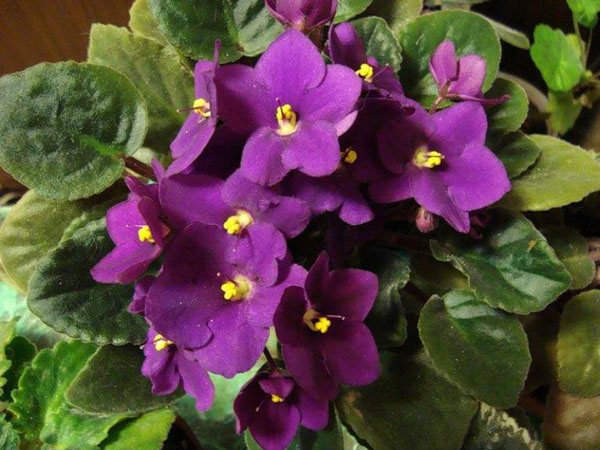

Demanding flowers of this type:
- azalea - a capricious, profusely blooming beauty who loves partial shade, a temperature of about 15 ° C and high air humidity. Watering on average twice a week and be sure to sprinkle the leaves, especially in the heat. Flowers cannot be wetted, this provokes the appearance of spots;
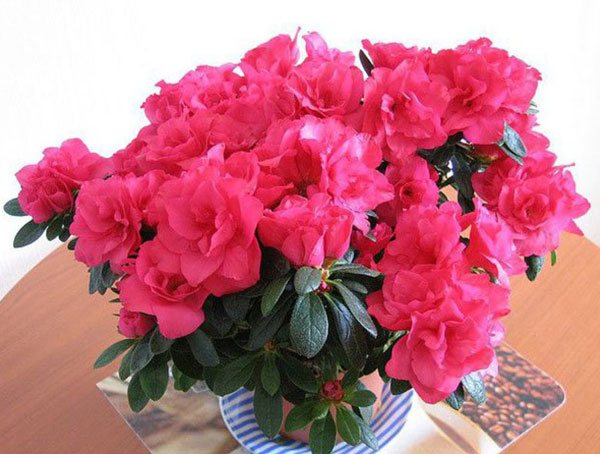

- miltonia - an epiphytic orchid that blooms at any time of the year, sometimes several times. She will benefit from light shade and a winter temperature drop of 15 ° C.During the growth period, watered on average after 4 days. Fluctuations of night and day temperature are not pleasant to miltonia;
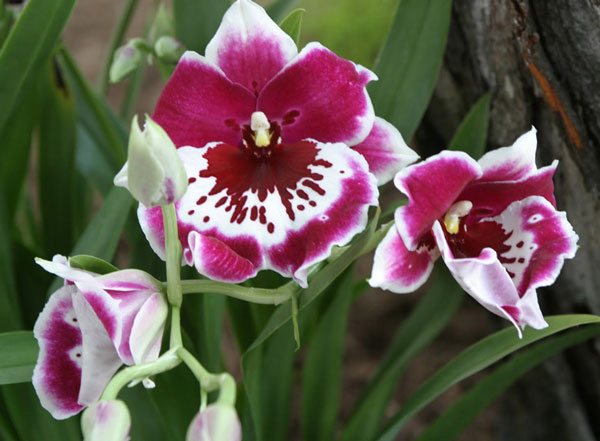

- streptocarpus Is a perennial herb that thrives in shady areas during the summer months. At other times of the year, a western or eastern window sill will do. From May to October, flowers of various shades delight on long peduncles. The leaves are fragile, you should be careful with them so as not to accidentally break off;


- gardenia - lush and branched evergreen shrub. From early spring to late autumn, the plant is covered with fragrant waxy flowers that change color from milky white to yellowish. During the growth period, watered on average twice a week. Provides winter dormancy at around 10 ° C and moderate watering for abundant spring bloom.


Some of the house plants for the northern windowsill are described in this video:
Indoor shade-loving and unpretentious plants are a real find for a home interior. They can be placed in the back of the room and create green spots in the interior. They give a sense of peace and tranquility and are willing to put up with limited sunlight.
Astilbe flowers
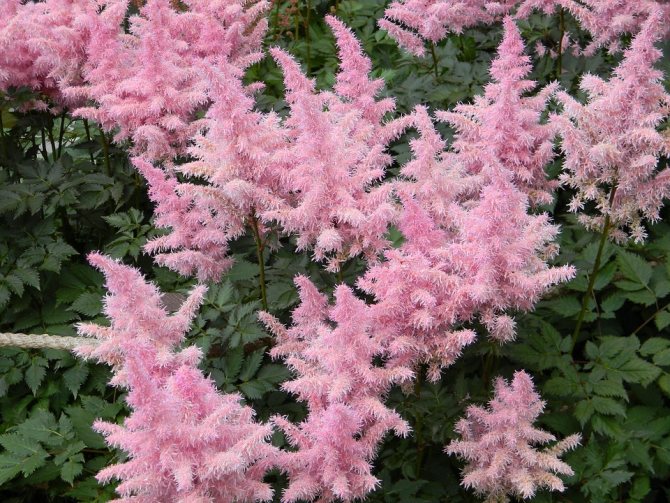

Astilbe flowers are another example of shade-loving perennials that bloom all summer. These plants are not often found in gardens because some specific conditions need to be created for them to grow.
Astilba is a tropical exotic plant with beautiful fern-like leaves. Flowers are characterized by a range of vibrant colors, which is represented by white, orange, pink and red flowers and their combinations. Astilba inflorescences look like small feathers.
You can buy this plant in flower shops. It is advisable to plant seedlings in open ground. Also, plant seeds can be sown into the soil in the garden, their germination rate is 50%.
A feature of caring for astilba is to maintain optimal temperature, humidity and soil moisture. In the hot summer months, a cool and humid area in the garden is the shade of the trees, it is in such places that it is recommended to plant astilba.
We must not forget that astilba does not tolerate low temperatures and drought well, therefore in winter it must be covered (with leaves, straw, and so on), and watered abundantly in hot summer.

